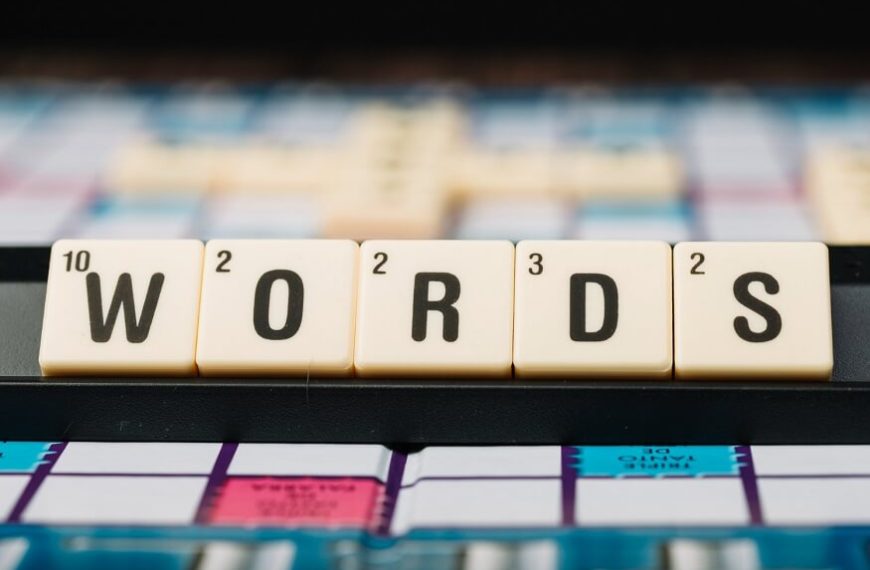In the realm of early childhood education, fostering robust vocabulary skills is paramount for a child’s overall cognitive development. One effective strategy that educators and parents alike swear by is the incorporation of high-frequency words into a child’s learning journey. This article delves into the significance of high-frequency words, explores ways to teach them, sheds light on what high-frequency sight words are, and provides insights into the vast universe of these linguistic building blocks.
Understanding High Frequency Words
Defining High Frequency Words
High-frequency words, also known as sight words, are words that appear most frequently in written text. These words make up a significant portion of the words encountered in reading materials, regardless of the genre. They are the building blocks of literacy and form the backbone of a child’s early reading and writing experiences.
How Many High Frequency Words Are There?
The English language is vast, but surprisingly, a relatively small number of words make up the majority of written material. The list of high-frequency words typically consists of 100 to 300 words. These words are often the first ones introduced to young learners due to their recurrent appearance in various contexts.
Why High Frequency Words Matter
- Early Literacy Foundation
- Building Confidence
High-frequency words are the cornerstone of early literacy. Teaching these words equips children with the tools they need to decode and understand written language, laying a solid foundation for more advanced reading skills.
Boosting Reading Fluency:
When children recognise high-frequency words effortlessly, it enhances their reading fluency. This fluency allows them to read with greater speed, accuracy, and expression, fostering a deeper understanding of the content.
Mastering high-frequency words early on gives children a sense of accomplishment and boosts their confidence in approaching more complex texts. As they encounter these words frequently, children become more independent readers.
How to Teach High Frequency Words
- Incorporating Play and Games
- Contextual Learning
- Repetition and Review
Making learning enjoyable is key when teaching high-frequency words. Engaging games, such as word bingo or memory matching, can transform the learning process into a fun and interactive experience.
Embedding high-frequency words into everyday activities and conversations helps children grasp their meaning and usage more effectively. For instance, while cooking, point out words like ‘mix’ or ‘bake’ to reinforce their understanding.
Consistent exposure is vital for retaining high-frequency words. Regularly reviewing and revisiting these words through flashcards, books, or interactive apps solidifies a child’s grasp on them.
What Are High Frequency Sight Words?
- Defining Sight Words:
- Examples of High Frequency Sight Words:
- Importance in Reading Development:
- How Many High Frequency Words Are There? Revisited
Sight words are words that children are encouraged to recognize instantly, without the need for decoding. These words often do not follow regular phonetic patterns, making them challenging to sound out.
Common examples of high-frequency sight words include ‘the’, ‘and’, ‘is’, ‘it’, ‘in’, ‘to’, and ‘you’. These words are ubiquitous in children’s books and early reading materials.
High-frequency sight words are like linguistic stepping stones. Mastering them enables children to navigate through sentences and paragraphs with ease, contributing significantly to their reading comprehension skills.
The specific number of high-frequency words can vary based on educational resources and curricula. However, most educators focus on a core list of around 100 to 300 words. These words are carefully selected to cover a broad range of vocabulary used in early reading materials.
The Evolving Landscape of High-Frequency Word Teaching
- Digital Tools in High-Frequency Word Learning:
- Multisensory Approaches:
- Integration into Storytelling:
- Building Connections Between Words:
In our technology-driven era, educators are leveraging digital tools to make high-frequency word learning more engaging. Educational apps and online platforms offer interactive activities, animated lessons, and personalized feedback, making the learning experience dynamic and tailored to individual needs. These tools often provide real-time progress tracking, allowing educators and parents to assess a child’s development with precision.
Recognising that each child has a unique learning style, educators are increasingly adopting multisensory approaches to teach high-frequency words. Combining visual aids, auditory elements, and hands-on activities creates a holistic learning experience. For example, tracing letters while saying the word aloud or using tactile materials for spelling can enhance a child’s retention and understanding.
Storytelling is a powerful tool for language development, and integrating high-frequency words into stories can be both effective and enjoyable. Creating narratives that naturally incorporate these words allows children to contextualise their usage while fostering a love for storytelling. As the plot unfolds, the repetition of these words contributes to the reinforcement of language skills.
Rather than treating high-frequency words in isolation, educators are encouraging children to understand the connections between these words. Grouping words based on themes or commonalities helps children see patterns, facilitating a deeper understanding of language structure. For instance, grouping words related to the weather or daily routines can enhance comprehension and retention.
The Lifelong Impact of High-Frequency Word Mastery
- Transferring Skills Beyond Early Education:
- Preparation for Academic Success:
- Enhanced Communication Skills:
While high-frequency words are foundational in early education, their impact extends far beyond the initial stages of learning. Proficiency in these words provides a strong platform for more advanced reading, writing, and comprehension skills as children progress through their academic journey.
Research consistently demonstrates a positive correlation between early literacy skills and academic success. Children who master high-frequency words early on are better equipped to tackle more complex texts, comprehend subject-specific vocabulary, and excel in various academic disciplines.
Beyond academic achievements, a robust vocabulary, cultivated through high-frequency word learning, enhances a child’s communication skills. The ability to articulate thoughts and ideas effectively contributes to success not only in the classroom but also in social interactions and future professional endeavours.
With a commitment to providing a holistic learning environment, we at EuroKids, integrate innovative teaching methods, including the incorporation of high-frequency words, to foster comprehensive development in young minds.
High-frequency words play a pivotal role in shaping a child’s language skills. Understanding what high-frequency sight words are and incorporating effective teaching strategies can significantly contribute to a child’s early literacy development. By making learning enjoyable, contextual, and repetitive, educators and parents can ensure that children not only learn these words but also develop a love for language that will last a lifetime. As we continue to unlock the potential of young minds, the power of high-frequency words remains an indispensable tool in the arsenal of early education.
For more such blogs, Visit EuroKids
















